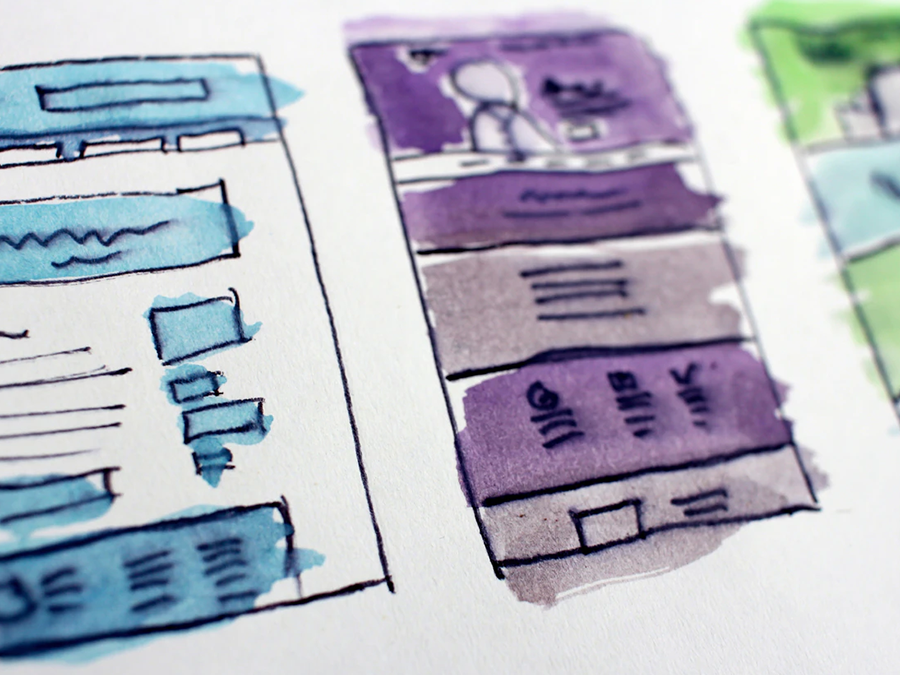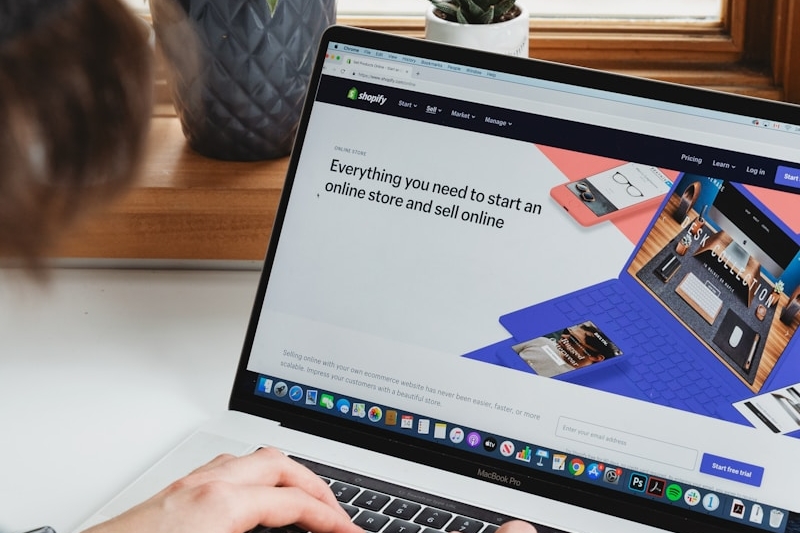Sometimes the most daunting part of any process is what you know you don’t know. Therefore, if you’re considering a new web design or development initiative, this lil’ diddy should come in handy—and help to calm your nerves.
Over the next few sections, we’re going to cover the onboarding, conceptualization, development, and launch processes. We’ll also work to rewrite the narratives you’ve probably told yourself, like that this’ll be a months-long, highly distracting initiative. Not so. (You’re in good hands.) And, finally, we’ll review some of the necessary terms—payment, timeline, and (my favorite!) the return.
Brew some tea. Put a pillow under your neck, and let’s go…
Part 1: The Startup
Alas, you’ve come to the decision that you need a website. Or, you need to refresh the existing site to bring it into the new millennium. Congrats! That’s a big decision and, you should know, I fully support the decision. 😉
Getting started is as simple as sending me an email. (There are some helpful forms you’ll find throughout the site, but I really appreciate a personally-written note.) We’ll set up a call (~15 minutes) to get better acquainted and essentially start the brainstorming process. After the call, I’ll take a moment to review my notes and pull together a Scope of Work that I think will best serve you / your organization.
The Scope of Work document includes all of the particulars—situation analysis, proposed services, detailed/step-by-step proposal, timeline, cost, and information on the return. This document is eventually reviewed (usually within three days of submission) and we’ll move forward from there: Either there are things (within the SOW) that need revising or we’re “good to go” and move on to the next steps.
SIDEBAR: Payment is always the first thing on people’s minds. Projects are quoted on fixed-rate terms. Payment for all web design projects are due in three payments unless otherwise noted: 50% labor hour deposit + all necessary third-party fees due within one week of kick-off, 25% due within one week of the initial review and 25% due at launch. This is an industry-standard; milestones/checkpoints will be rescheduled for failure to pay; there will be no exceptions.
Part 2: Brainstorming & Conceptualization
On approval of the Scope of Work, we’ll enter into the conceptualization phase. Starting with a formal ‘Project Kick-Off’ meeting, we’ll take a look at the necessary framework, structure, interactivity, navigation, and aesthetic requirements of the site. We’ll compare and critique other websites from across the industry. The goal is to end the call with either a selected theme (most popular) or a direction for a custom digital property buildout. From there, the team and I will work to create the necessary mock-ups that’ll serve as a sort of teaser for what's to come. Most of the time, clients get a look at the homepage, standalone/service pages, and a static blog post—unless otherwise advised.
On approval of the overall concept (~1 week from submission/review), we go get our hands dirty in the development process. This moment (presentation of mock-ups) actually serves as the unofficial due date for all client-specific deliverables.
What are those? Client Deliverables typically include a contextual, photo, video, and (sometimes) multi-media assets; team bios, headshots, interior, and exterior photos, portfolio information are just a few of the examples. All of this information is outlined in the formal kick-off document. There are no surprises.
And, you don’t have to do it all. The team and I can help with content creation.
Part 3: Development & Review
Developing a site takes time and concentration. This is where the weekly/bi-weekly meetings will fizzle out for a bit; the team is usually only in touch when we hit a wall, need some advice, or the like. Typically, the development process takes between 3-6 weeks depending on the scope of work.
Once a site is approaching a level of completion in which we know we’ll soon be ready to present, the team and I will work to get a date on the calendar. This notice typically comes through the week before the earlier-outlined deadline. (IE: If you were told the assignment would be available for preview on the seventh, you should hear from us by the EOD on the first.)
The review process is a noninvasive meeting between Eric Michael and the client. (Ideally, these meetings are one-on-one with the project “point person,” however, it could be a team affair.) Most of the time this review is held in-person unless geographic restrictions apply—in which case we switch to a Zoom conference call and screen share. Together, we’ll take a look at the new digital property, comb through the features, and share some of the immediate knee-jerk feedback.
After the formal review, clients are given credentials—username and password—to access the “stage” site. They’re welcomed to peruse the work-in-progress on their own time and share in the experience with their team. During that period the client will create a list—like, an actual list—of the things they love or hate or would like to see changed. This personal review period is typically best kept in the confines of a single calendar week. If the process drags on, things can get very complicated.
Three rounds of complimentary revisions are served with each new design project. That means the client will curate a list of Requests for Revision and receive/review a total of three rounds of revisions. After these three rounds of revisions, a site is expected to be at a place in which it’s ready to reach the public. If necessary, additional revisions are serviced on-demand at the standard hourly rate.
Following approval of the stage site, the final invoice is served and we “flip the switch” taking down the ‘coming soon’ veil and replacing it with your new fully functioning digital property. This process (“flipping the switch”) can sometimes take between 1-2 business days depending on (1) the hosting provider and/or (2) the status of your account.
Eric Michael & Associates
We're a close-knit team of independent creative collaborators and strategic leaders working at the intersection of form and function to contribute to and bring about radical, positive, and productive change.
RELATED POSTS:
More from Eric Michael and the team.
February 28, 2025
Changes to the Master Service Agreement
January 20, 2025
Travel Notice & Itinerary
December 1, 2024
W'24 Memo: Important Seasonal Announcements
October 25, 2024
How Branded Activations Foster Community and Build Brand Loyalty
October 24, 2024
Top 5 Creative Branded Activation Strategies for 2024
October 23, 2024











